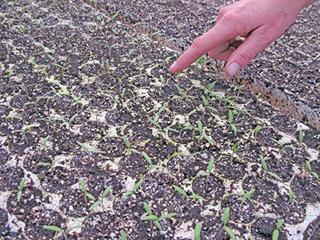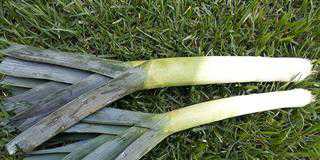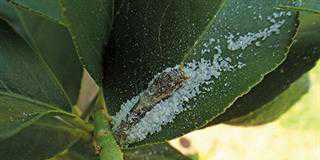
Vegetables can be planted in two ways. You can either sow the seed directly in the seedbed, or you can buy and plant seedlings.
Sowing seed
Seed can be sown directly into the bed in one of three ways:
- Singly: Plant large seeds, such as pumpkin, cucumber and sweet melon seeds, singly, at least two handwidths apart. These plants are runners and need plenty of space. Make a separate pit for each seed. Plant the seeds five times deeper than their size, all at the same depth. Plant them a little deeper in sandy soil so that they do not dry out. In claysoil they should be planted a little closer to the surface.
- Planting in furrows: Plant smaller seeds, such as beetroot, spinach, maize and bean seeds, at a closer spacing in furrows in the soil.
- Scattering the seeds: Scatter very small seeds, such as carrot and lettuce seeds, evenly over very fine soil, then cover them with a thin layer of soil. After sowing the seed, water the bed immediately using a watering can. Keep the soil moist until the shoots appear.
Seedlings must be thinned out if the stand is too dense.
Planting seedlings
You can buy seedlings or grow them yourself. Water the plants well before transplanting them. If possible, choose a cool, cloudy day for planting. On warm, sunny days, seedlings should be transplanted late in the afternoon so that they recover overnight. Make a pit in the soil deep enough for the plant’s roots to fit into easily. Do not damage the roots.Carefully but firmly press the soil down around the plant and cover the soil with a mulch such as straw, grass or leaves to keep it moist. Do not cover the plants, and water them thoroughly after planting.
Source: Info pack compiled by the department of agriculture’s Directorate Communication and the ARC-Roodeplaat Vegetable and Ornamental Plant Institute.













